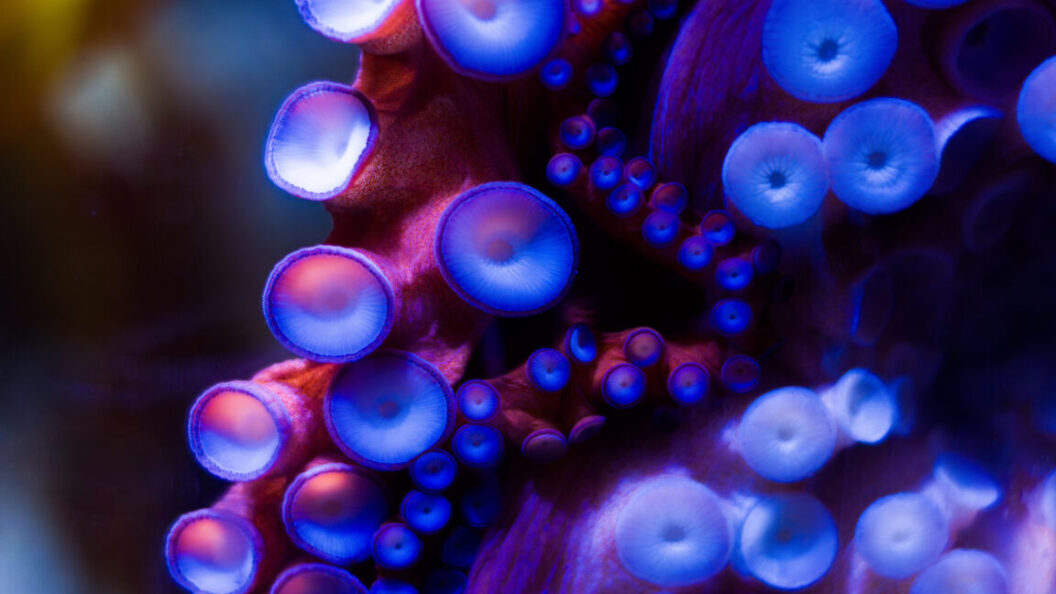Innovative Biomimicry: The Future of Robotic Suction Cups
Researchers have made significant strides in the development of robotic suction cups inspired by the remarkable adaptability of octopus suckers. This innovative design aims to overcome the limitations of previous models used in robotics, promising better adhesion and functionality in a variety of environments.
Learning from Nature
Historically, robotic designs drawing inspiration from biological entities have focused on both pressurized chambers and replicating the morphology of octopus suckers. These organic structures are characterized by their extreme flexibility and muscularity, allowing them to conform to various surfaces and create a reliable grip. Previous attempts at imitating this natural mechanism have encountered issues such as leakage due to gaps between the suction cup and the surface, as well as a reliance on vacuum pumps to maintain adhesion.
Yue and his research team have taken a novel approach by creating suckers that not only mimic the mechanical properties of octopus suckers but also utilize a more effective material structure. Their design incorporates a silicone sponge on the inside and a soft silicone pad on the outside, creating a dynamic interface that enhances conformance and grip.
Mimicking Mucus Secretion
One of the most groundbreaking aspects of this new design is the incorporation of a liquid seal that mimics the mucus secretion found in octopus suckers. Previously overlooked in the study of cephalopod suction, mucus plays a crucial role in enhancing grip by filling any gaps that may exist between the sucker and the surface it adheres to.
Mollusk mucus is scientifically known to be five times more viscous than water, which raises interesting possibilities for robotic applications. Yue’s artificial fluidic system recreates the natural secretions that allow biological suckers to achieve maximum adhesion. While the strength of this synthetic fluid may not entirely match that of natural octopus slime, it serves as an effective alternative for robots operating in underwater environments, such as exploring underwater caves or ocean floors.
Addressing Previous Limitations
The introduction of this mucus-inspired design directly addresses the common issues found in earlier robotic suction devices. Prior models were often prone to allow air leakage, diminishing their effectiveness in maintaining a strong grip. By eliminating these gaps through the effective use of a fluidic seal, Yue’s design significantly enhances the reliability and efficiency of robotic suckers.
Researchers are optimistic that the new suckers will open doors to advanced applications beyond exploratory missions. Potential uses may include robotic arms for delicate tasks in manufacturing or assembly lines, aquatic vehicles for scientific research, and even medical devices.
Significance of the Advancement
This innovative research highlights the importance of biomimicry in technology, demonstrating how natural systems can solve complex engineering problems. By studying the intricate designs found in nature, scientists and engineers can develop solutions that are not only effective but also sustainable.
The implications of Yue’s work extend beyond the realm of robotics; it signals a shift towards integrating biological principles into technology design, paving the way for smarter and more efficient devices. The development of more effective robotic suckers serves as a crucial step forward in enhancing robotic capabilities in various fields, potentially transforming how machines interact with their environments.
As researchers continue to refine this technology, the potential for improved efficiency, adaptability, and functionality in robotic systems is significant, marking a pivotal point in the intersection of biology and engineering.









